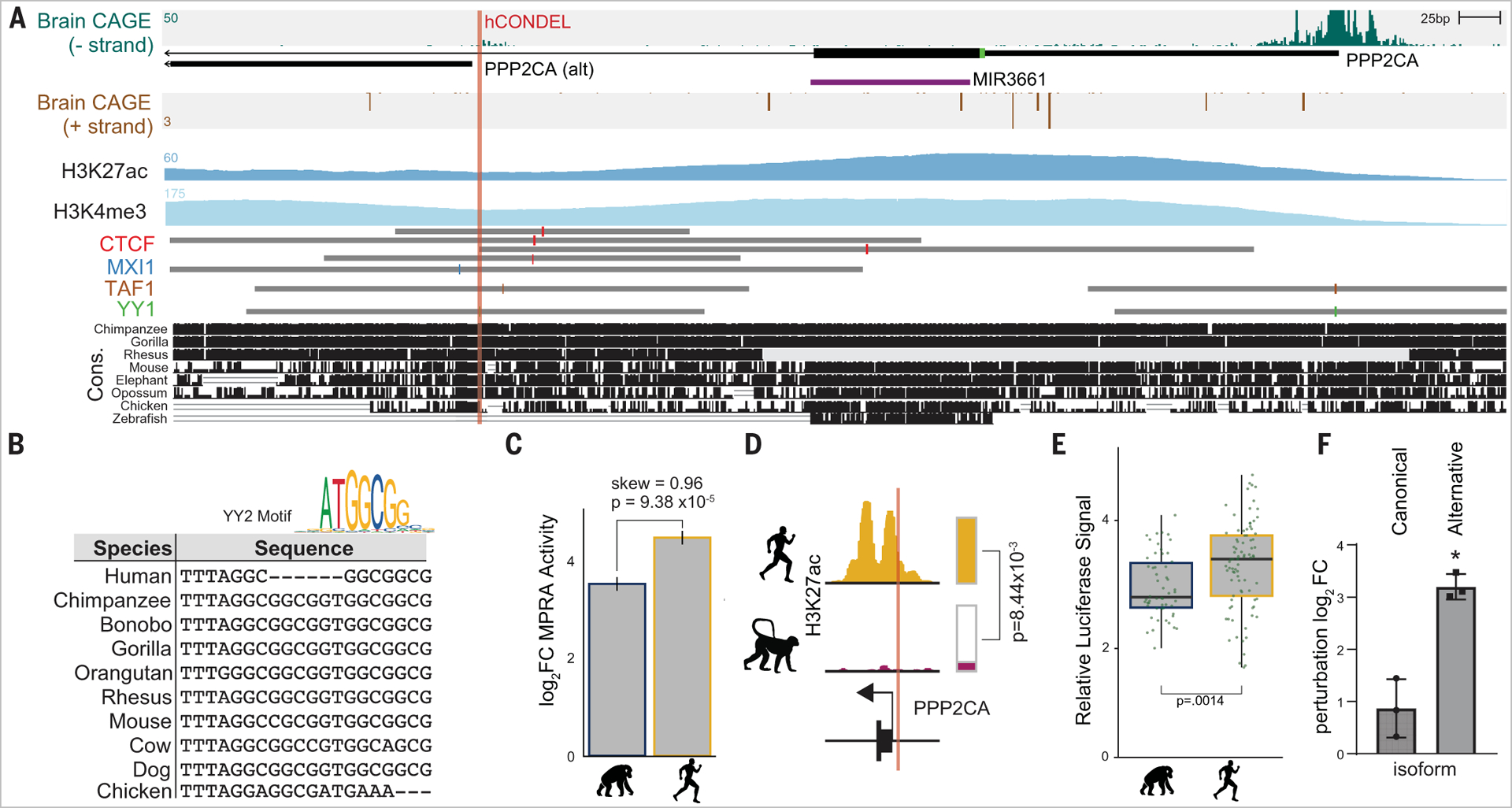Fig. 3. PPP2CA-associated hCONDEL induces species-specific regulatory changes.

(A) Genome track of hCONDEL position. Strand-specific CAGE, H3K27ac, H3K4me3, and TF chromatin immunoprecipitation signals are depicted along with conservation. (B) Vertebrate sequences aligned to the hCONDEL position with perturbed TF motif. (C) MPRA result plotting human (blue) and chimpanzee (yellow) sequence activities. Error bars indicate SD of chimpanzee and human activity. (D) hCONDEL H3K27ac signal between human and rhesus macaque. (E) hCONDEL luciferase assay result (two-sided t test P = 0.0014). Boxes indicate the median (thick line), 25th percentile (bottom end of box), and 75th percentile (top end of box); whiskers indicate ±interquartile range. (F) qPCR results for canonical and alternative isoform of PPP2CA from CRISPR mutagenesis of human sequence surrounding hCONDEL (two-sided t test P = 1.9 × 10−3). Bar height is the mean from three biological replicates. Error bars, SD.
